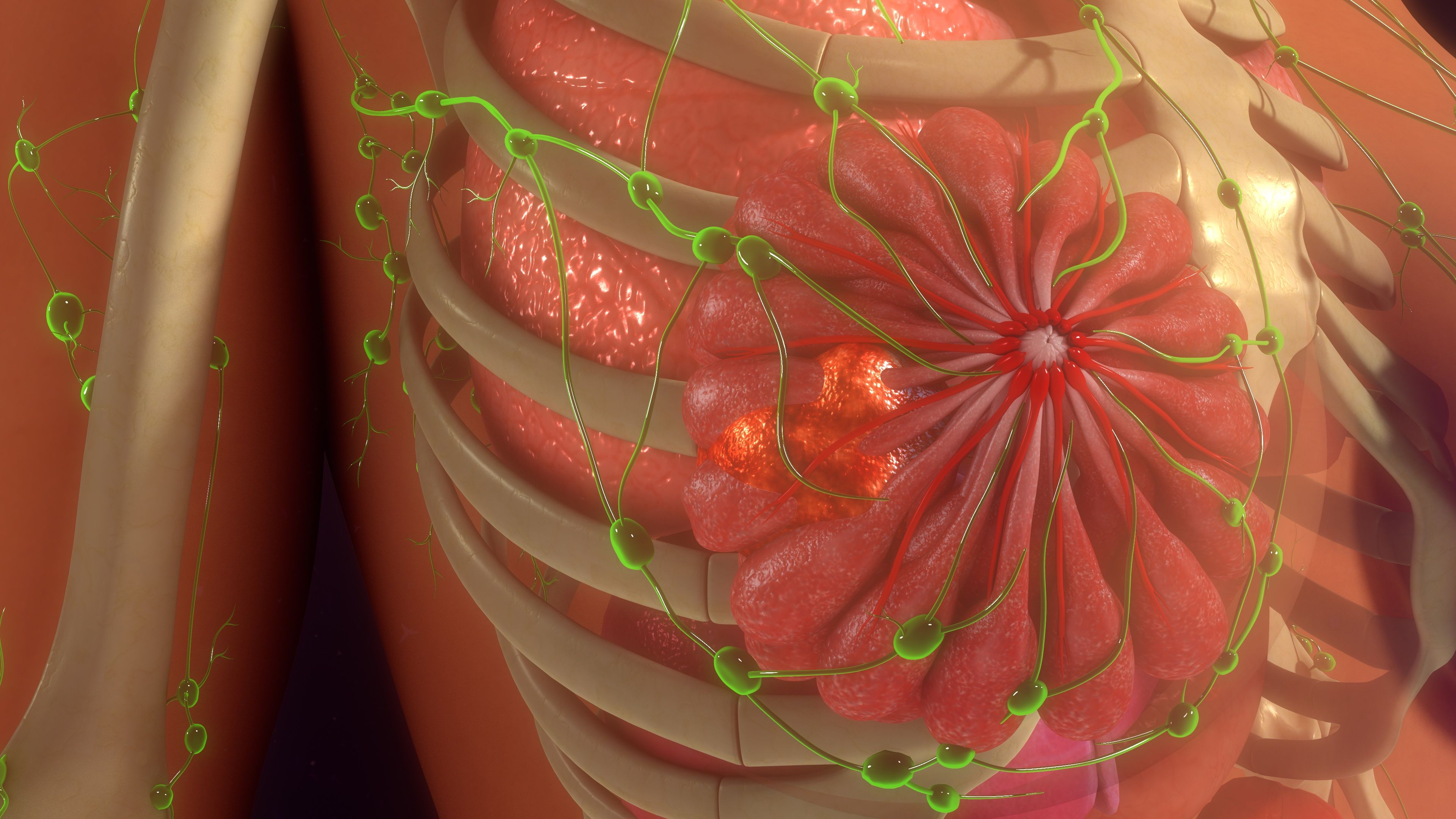News
Article
Endocrine Therapy Effective Subsequent Advanced Breast Cancer Treatment
Author(s):
Endocrine therapy, particularly when administered in combination with Verzenio (abemaciclib), is effective when compared with chemotherapy among patients with metastatic breast cancer who experienced disease progression on Ibrance (palbociclib), according to recently published research.
Endocrine therapy in combination with Verzenio (abemaciclib) has been shown to be more effective than chemotherapy in patients with metastatic breast cancer.

Endocrine therapy, particularly when administered in combination with CDK inhibitor (CDKi) Verzenio (abemaciclib), has been shown to be effective when compared with chemotherapy among patients with metastatic breast cancer who experienced disease progression on CDK inhibitor Ibrance (palbociclib), according to recently published research.
Researchers from the Key Laboratory of Carcinogenesis and Translational Research (Ministry of Education/ Beijing) in the department of breast oncology at Peking University Cancer Hospital and Institute in Beijing, China, in a study published in the journal Cancer, also found that while the treatment efficacy of first-line Ibrance was not related to HER2 status, HER2-low expression could have a worse impact on subsequent treatment with Ibrance.
Learn more: Interventions, Lower Cost Improve Adherence to Endocrine Therapy
The records of 361 patients, with a median age of 58 and with hormone receptor (HR)-positive, human epidermal growth factor receptor 2 (HER2)-negative metastatic breast cancer who were treated with Ibrance and endocrine therapy at Peking University Cancer Hospital between Jan. 11, 2019 and July 20, 2022 were retroactively identified and reviewed, with researchers analyzing progression-free survival (PFS; the time a patient lives after treatment without their disease progressing or worsening) and overall survival (the time a patient lives following treatment, regardless of disease status).
Learn More: Zanidatamab Plus Ibrance, Faslodex Show Promise in Advanced Breast Cancer
The median time until progression and death from any cause were 10.2 and 39.9 months, researchers reported. The median progression-free survival time among patients who received Ibrance as second-line treatment or later was 6.1 months in the HER2-low subgroup and 7.8 months in the HER2-zero subgroup but was consistent for patients who received Ibrance as a first-line treatment.
Learn More: Clinical Implications of Ibrance’s Approval for Metastatic Breast Cancer
Ibrance was approved by the Food and Drug Administration (FDA) as a frontline treatment for patients with ER-positive, HER2-negative metastatic breast cancer in 2015. However, study results of the phase 3 PALLAS trial presented at the 2021 San Antonio Breast Cancer Symposium and published in the Journal of Clinical Oncology showed that adding Ibrance to endocrine therapy in patients with HR-positive, HER2-negative early breast cancer may not prevent disease recurrence.
Regarding the recent study from Cancer, among 111 patients who received chemotherapy, or 54.7% of the study’s total patient population, the median PFS and OS were 4.9 months and 20 months, respectively. The 89 patients (43.8% of the total patient population) who received endocrine backbone therapy — a grouping of therapies that included new endocrine therapy, Verzenio-combined endocrine therapy and chidamide-combined new endocrine therapy — experienced median PFS and OS of 5.9 and 29.3 months, respectively. Within that patient subgroup, the 31 patients (15.3%) who received Verzenio combined with new endocrine therapy were found to have better PFS and OS, according to researchers, with a median PFS of 12.2 months and a median OS that was not yet reached, meaning more than half of those patients were still alive at the time of analysis.
“Physicians preferred chemotherapy to (endocrine therapy) in patients with aggressive disease or early progression who are receiving CDKitreatment, and the improvement in PFS and OS after (Verzenio) versus chemotherapy may require a secondary therapy choice,” researchers wrote. “Notably, in our study, the benefit from (Verzenio) had no association with the duration of prior (Ibrance) use.”
For more news on cancer updates, research and education, don’t forget to subscribe to CURE®’s newsletters here.




